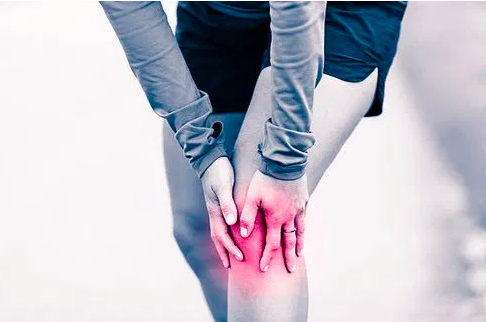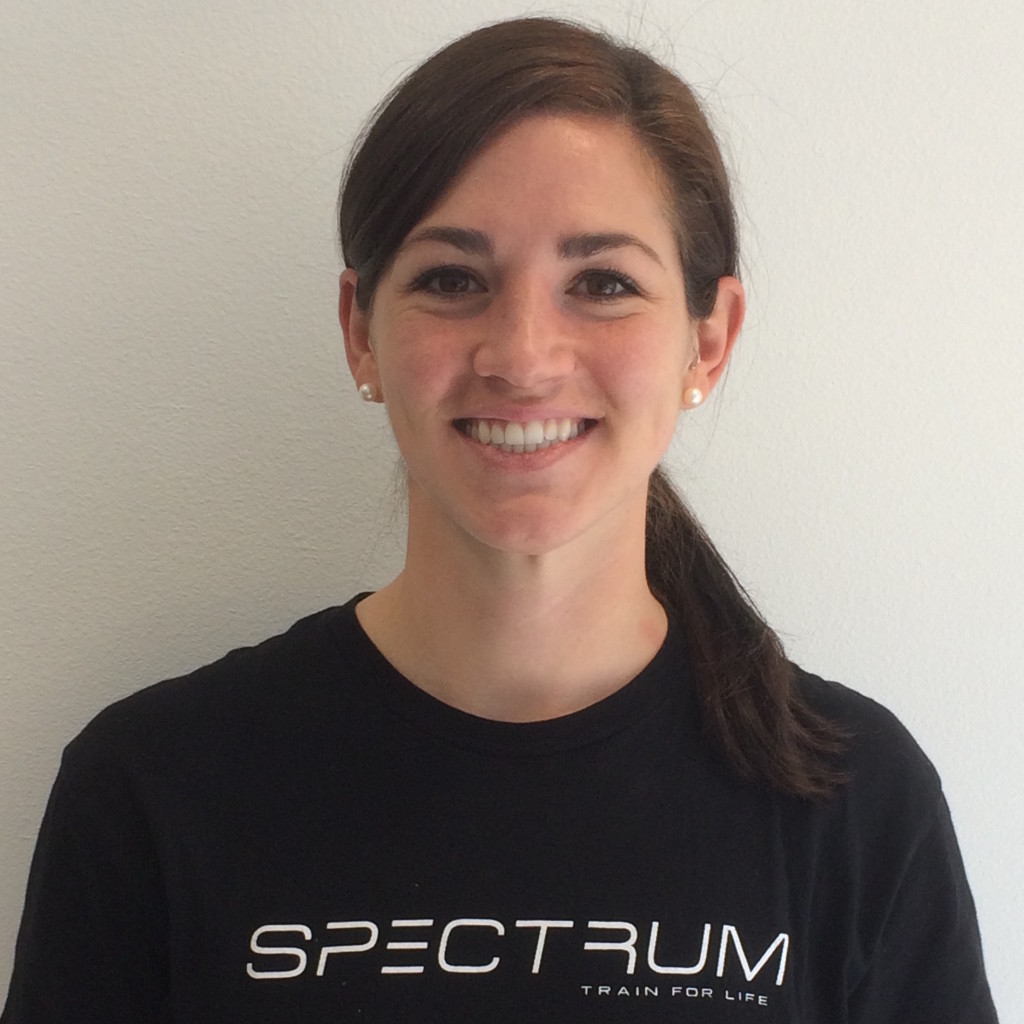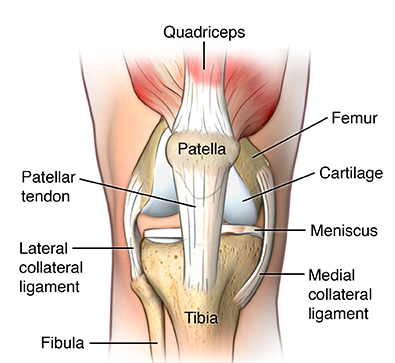
INSIGHTS
Patellar Tendinopathy (Jumper’s Knee):
What Is It and How Do You Treat It?

By: Dr. Rachel Jakubowski
Have you ever had pain in the front of the knee with jumping, cutting, running, or kicking? I personally have and it stinks. I played soccer growing up so the feeling of a sharp jolt to the front of the knee is not something foreign to me. To those of you experiencing the same sharp pain to the front of the knee, you will know that it feels as if you are running or jumping on eggshells. You want to be explosive but you feel like if you bend your knees too much to really generate power or to absorb a landing, the sharp jolt is just waiting for you not far behind. I experienced this pain as a soccer player but it affects many other sports such as basketball, volleyball, tennis, track and field, football and the recreational runner. Athletes between the ages of 15 to 30 are primarily affected, with men more commonly affected than women.
By definition, patellar tendinopathy (Jumper’s knee) is an overuse injury thought to be caused by excessive or repetitive forces applied to the patellar tendon.
Signs and Symptoms of Patellar Tendinopathy:
- Anterior knee pain over the patella tendon
- Tenderness at the inferior pole of the patellar tendon
- Pain made worse with jumping, landing, cutting/pivoting, or running activities
- Pain with stairs, squatting, and at times prolonged sitting
- Onset of pain is usually gradual and commonly related to an increase in sport activity
- The feeling of stiffness in the patellar tendon in the morning
- Increased thickness of the patellar tendon compared to the opposite side
What is the Function of the Patellar Tendon?

The patellar tendon attaches directly from the tibial tuberosity to the inferior tip of the patella (knee cap). The quadriceps muscle attaches into the superior tip of the patella, thus transmits forces through the patellar tendon based on the common attachment into the patella. Therefore, any tightness or weakness in the quadriceps pulls on the patellar tendon. The patellar tendon also functions in the storage and release of energy when you jump, run, cut or pivot. This means there is a lot of load that has to transfer through the patellar tendon so overtraining, insufficient rest, faulty movement patterns, mobility impairments, and hip, core and foot weakness can contribute to the development of patellar tendinopathy.
Common Impairments Found in Individuals with Patellar Tendinopathy:
- Hip Abductor and Hip External Rotator Weakness
- Altered Hip and Knee Movement Patterns upon Landing (Poor Movement Quality)
- Excessive or Restricted Hip and Ankle Mobility
- Look for reduced dorsiflexion, quadriceps or hamstring tightness, hip Internal rotation mobility, increased varus foot alignment, etc.
- Quadriceps Weakness
- Excessive Foot Pronation: foot collapses inward upon landing which causes knee valgus (knee collapse inward) as well as the femur to then internally rotate excessively
Rehabilitation Focus:
- Eccentric Quadriceps Strengthening
- Quadriceps and Hamstring Flexibility
- Hip Abduction and External Rotation Strengthening
- Movement Competency–May require Cueing from a Rehab Professional or Qualified Strength Coach to address running, cutting, and jumping mechanics
- Foot and Ankle Strengthening
- Ankle Dorsiflexion Range of Motion
Exercise Ideas:
Here are some exercise ideas to get you started but it is always helpful to seek help from a medical professional.
Quadriceps Flexibility:
- Couch Stretch: https://www.youtube.com/watch?v=tABeNRBDf30
Hip External Rotation Strengthening:
- Clamshell: https://www.youtube.com/watch?v=2OhR279AWNY
- Fire Hydrant (can add band around knees to increase difficulty): https://www.youtube.com/watch?v=0Vk6BrtikL8
- Side Plank with Clamshell: https://www.youtube.com/watch?v=82tKGsLrADY
Hip Abduction Strengthening:
- Sidelying Hip Abduction: https://www.youtube.com/watch?v=Ku6QkDJqdwY
- Side Plank: https://www.youtube.com/watch?v=TPp92f8HlG0
Ankle Dorsiflexion:
- Mobilization with Movement: Long Sitting Position with Mobility Band: https://www.youtube.com/watch?v=sBCMIaIkP8c
- Wall Stretch: https://www.youtube.com/watch?v=9QRVlaw9QWM
If you have are experiencing anterior knee pain and would like assistance, contact me at 321-218-0435 or email me at jakubowski@spectrumsp.com.
References:
Malliaras, P., Cook, J., Purdam, C. and Rio, E. (2015). Patellar Tendinopathy: Clinical Diagnosis, Load Management, and Advice for Challenging Case Presentations. Journal of Orthopaedic & Sports Physical Therapy, 45(11), pp.887-898.
Mendonça, Luciana D., et al. “Association of Hip and Foot Factors With Patellar Tendinopathy (Jumper’s Knee) in Athletes.” Journal of Orthopaedic & Sports Physical Therapy, vol. 48, no. 9, 2018, pp. 676–684., doi:10.2519/jospt.2018.7426.
Leave a Reply